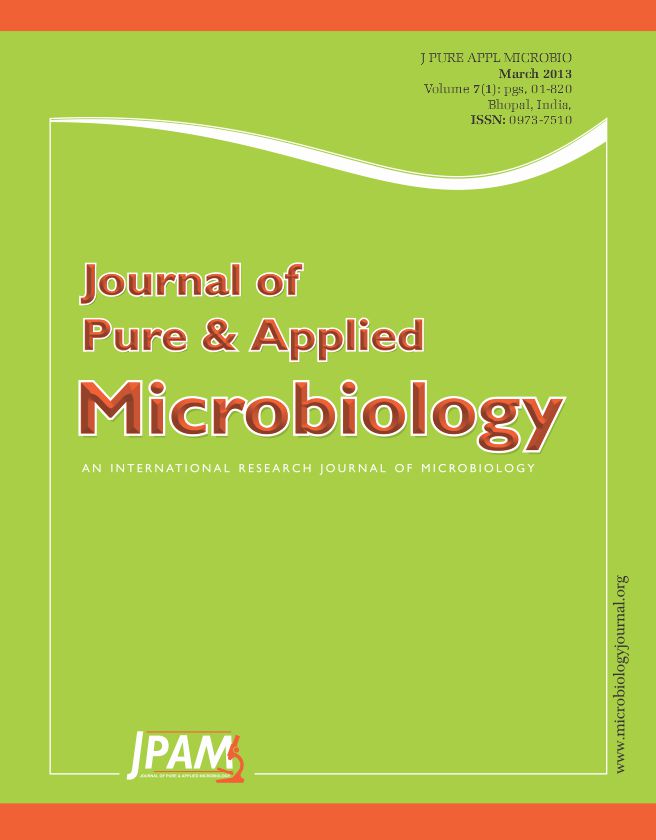The latest researches show that certain types of microorganism can obviously accelerate the precipitation of calcium carbonate (MICP) in porous media, and therefore effectively improve the strength of material. In this new technology, bacterium solution and nutrient salt solution are in-situ transported to the pores of porous media to induce the process of MICP, and it will have important application prospects in restoration of ancient masonry heritages and in foundation improvement. In this paper, a detailed mathematical model for the MICP process in porous media, considering both the bio-chemical reaction and solute transport, is described based on convection-diffusion-reaction equation and crystallization theory. Three different types of microbial induced calcium carbonate crystal are distinguished in the model. 1D finite element simulations based on this model are carried out for the MICP process in sand columns. . Comparisons of model results to experimental results are made for the validation of the model.
Microbial induced carbonate precipitation, Bio-chemical reaction, Solute transport, finite element model; porous media
© The Author(s) 2014. Open Access. This article is distributed under the terms of the Creative Commons Attribution 4.0 International License which permits unrestricted use, sharing, distribution, and reproduction in any medium, provided you give appropriate credit to the original author(s) and the source, provide a link to the Creative Commons license, and indicate if changes were made.


